The stunning land of Gujarat is one of those places in India whose culture and diversity in beliefs and traditions sets it apart from the rest of the Indian population. The place also houses some of the most astounding collection of wildlife, flora and fauna which has attracted nature lovers and adventure seekers from all over the world. Gujarat is blessed with a bountiful supply of rivers which adorns the entire state. The places around the rivers are developed for tourist as well as commercial and government purposes. These rivers just like the other river systems in India are worshipped and held sacred by the local population. Here are the rivers of Gujarat and somethings that you should definitely know about them:
Narmada River
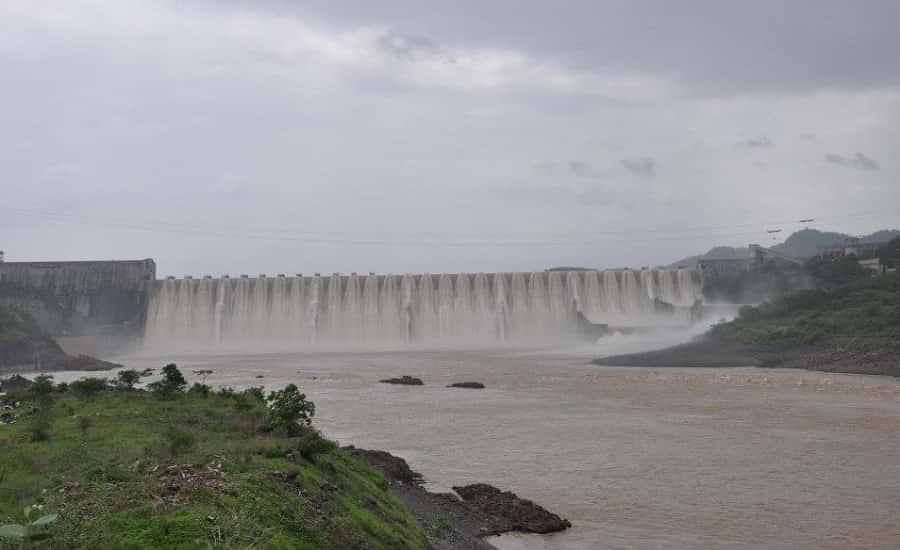
Famed for being Gujarat’s largest river with its origin in Amarkantak in MP the river runs for an overall length of 1,310 km. in the ancient ages the river was referred to as Rewa and is considered to be the lifeline of Gujarat and Madhya Pradesh. It is also the longest west flowing river along with Tapti and Mahi rivers. The source of the river is known as Narmada Kund from where its descends and falls over a cliff in the form of Kapildhara waterfalls and then makes its way down the hill. The river is highly revered by Hindus of India for being one of the 7 holy rivers of India along with Ganga, Yamuna, Godavari, Saraswati, Sindhu and Kaveri. The Ghats of the course of the river system is adorned with numerous sacred Gahts and shrines dedicated to various gods and goddesses.
Sabarmati River
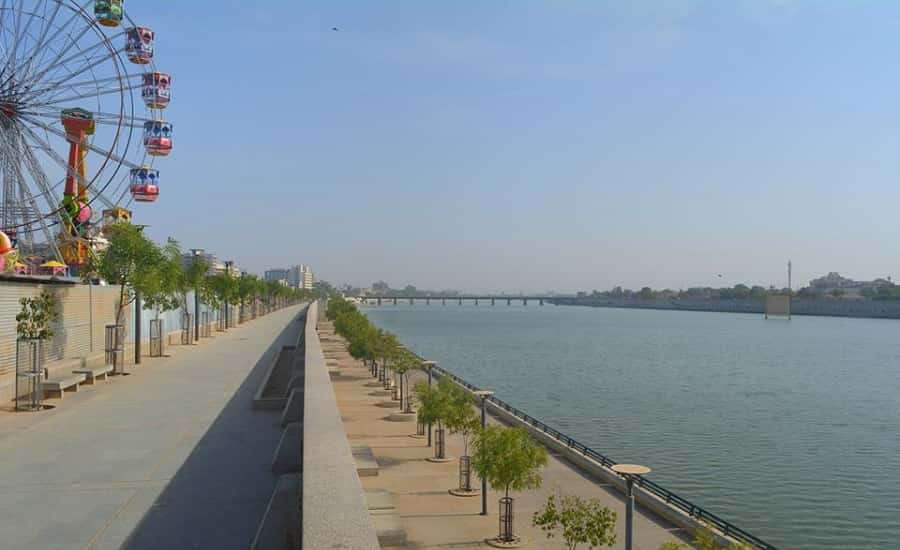
Originating at the Aravalli ranges in the district of Udaipur and meeting at the gulf of Khambhat in Arabian Sea after travelling a distance of 371 km, Sabarmati is among one of the major west flowing rivers of India. The religious significance of this plays lies in the fact that the river’s origin is the place where lord Shiva had brought goddess Ganga into Gujarat which brought Sabarmati River to life. The river also holds historical significance in the India’s struggle for independence by establishing the Sabarmati ashram on the banks of this river. It plays a key role in providing water for the cities surrounding it along with offering fun recreational activities for tourists and visitors.
Mahi River
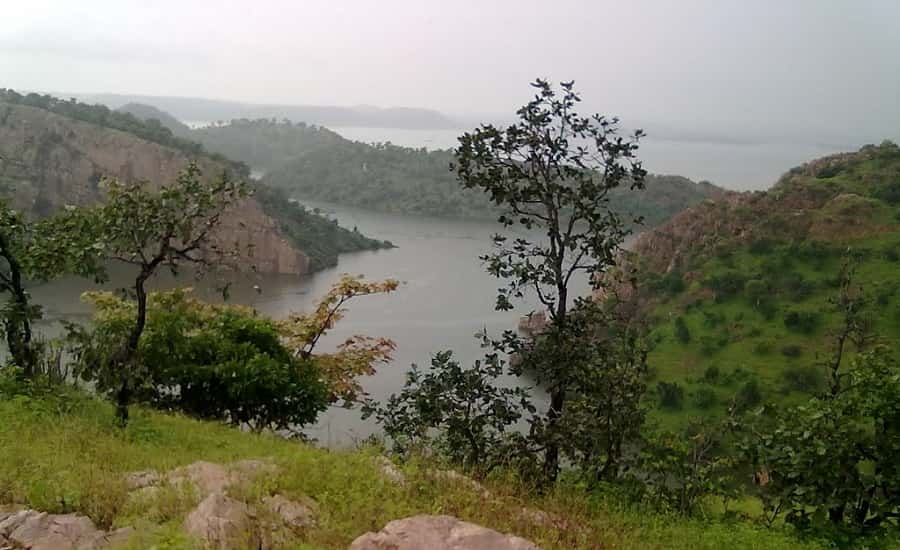
Rising in Madhya Pradesh and flowing through the Vagad region of Rajasthan the river makes its way through the state of Gujarat and flows into the Arabian Sea. It is also a part of the group of the many west flowing rivers. On the eastern end the river flows and empties into the Bay of Bengal. The total length of the river is 583 km and initially flows northwards through Dhar and Jhabua districts in Madhya Pradesh. The river has been mentioned in various Hindu mythological works like in the Vayu Purana which has been referred to as Mahati. As per one legend the river mahi is considered to be the daughter of earth and the sweat of Indradyumna or the king of Ujjain. With Som, Anas and Panam as its tributaries the total drainage area of the river is 34,482 sq. km.
Machchhu River
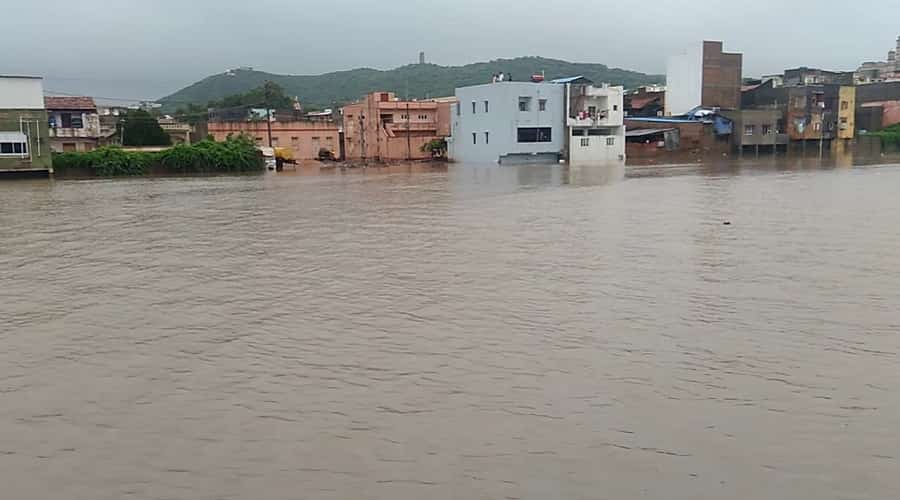
Finding its origin in the Madla hills, this western river gushes its way to a length of 130 km before draining into a basin of 2,515 sq. km. the 1979 disaster of Machchhu dam that had been the result of the breaking of a wall caused a large scale destruction in the morbi town and a number of people had lost their lives. It is a relatively lesser known water body which holds great importance in the lives of the local population residing there. The areas surrounding this river has been developed as a prime tourist destination where people can spend time with their family and friends.
Hiran River
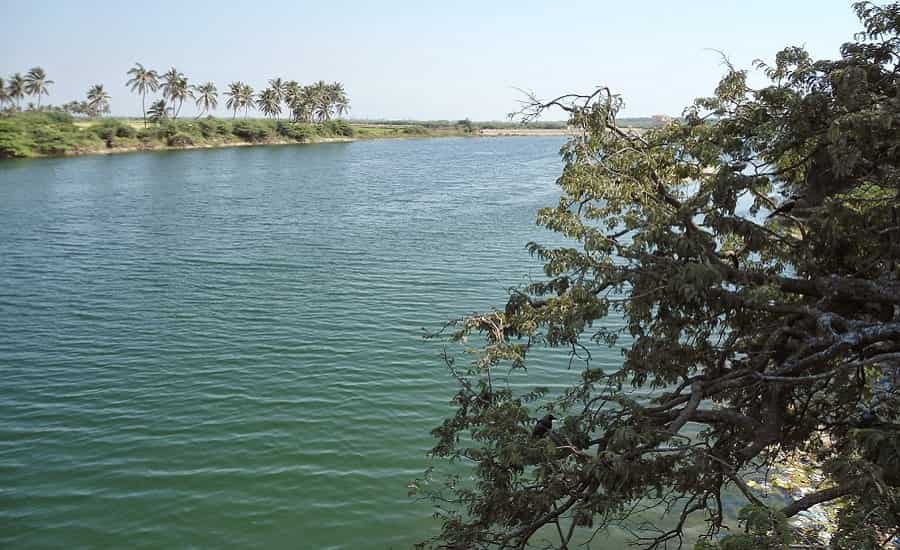
The source of this peaceful and pristine can be traced back to near the Sasa hills of Gir forest and is a part of the collection of the western rivers of India. The drainage basin here goes up to a maximum length of 40 km. the river course is further beautified due to the presence of lush green wildlife here. the banks have evergreen and thriving trees which line the entire region and plays host to a rich biodiversity of aquatic flora and fauna collection. It is a paradise for bird watchers as well and one can spot a plethora of exotic birds. Along with ecological systems the river also supports the human settlements here. the forests surrounding the river contributes for a rich biodiversity throughout the year making it lush.
Rupen River
Originating from the Taranga hills in the western region of Gujarat the river is unique in its own way since it does not go on to meet and end at the ocean instead it gets dried up in Rann of Kutch. The drainage basin of the river runs for a maximum length of 156 km and possesses a total catchment area of 2,500 sq. km. forming the right bank tributaries of Rupen are Pushpavati and Khari rivers while the left bank of the river is formed by the Khari river. The right side of the river is flows more furiously as compared to the left side of the river. The river also is a source of livelihood for the people of Gujarat.
Kim River
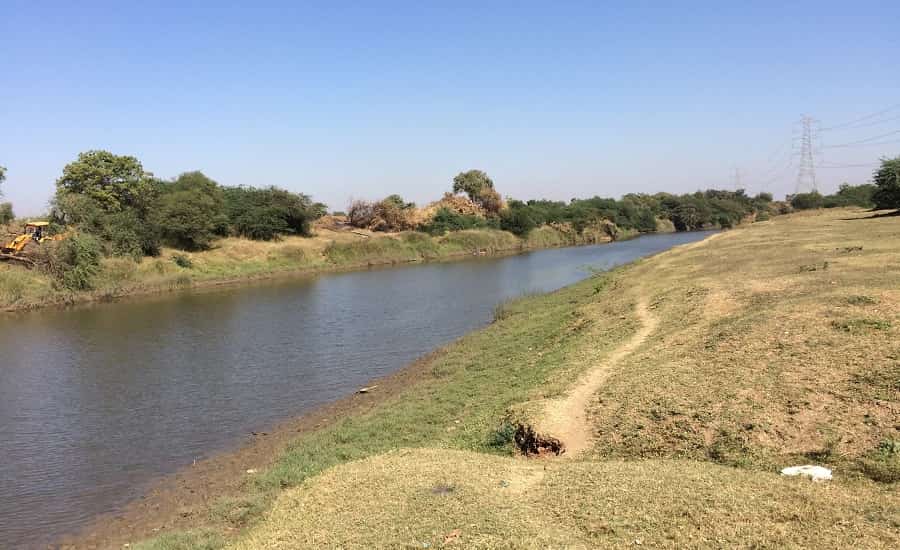
Tracing its origin back to the magnificently stunning hills of Saputara along with a drainage basin of a maximum length of 107 km this river is also one of the most important rivers in Gujarat. The creek of this river gurgles down through the village of Ilav or Elaw. The primary branches of this river are Tukki and Ghanta. The river’s banks have been excavated and several discoveries of the Harappan civilisation have been unearthed extending up to 500 km. sadly the river has been polluted a lot and serious steps at its pollution prevention and conservation are being brought to place by the government of Gujarat.
